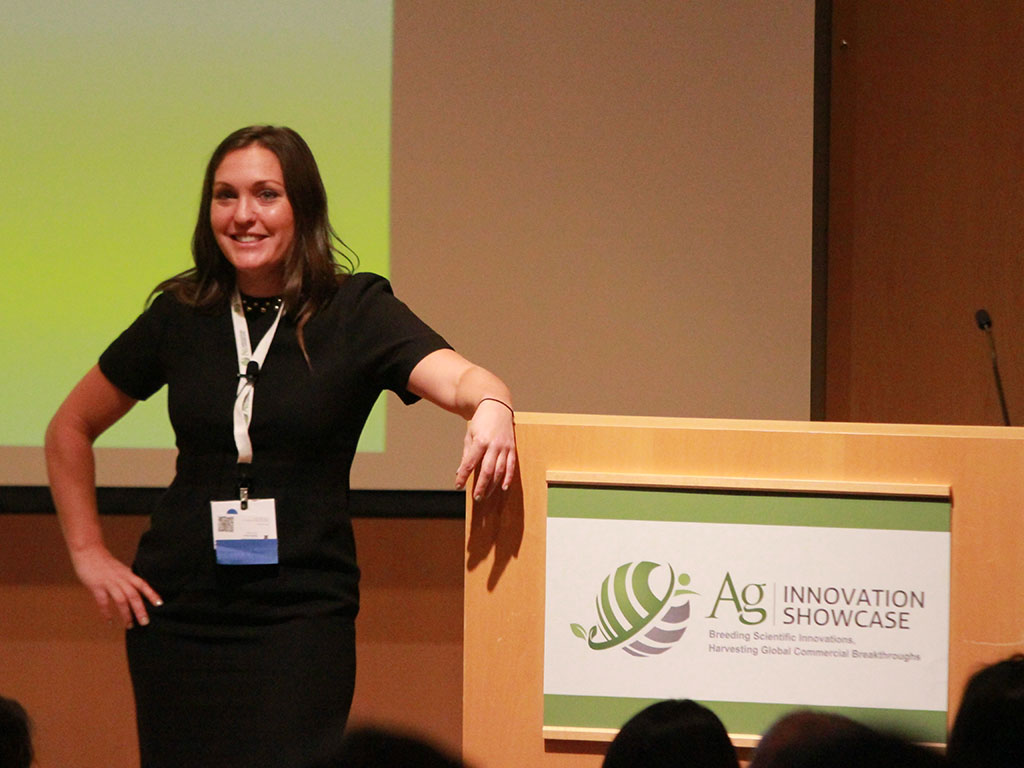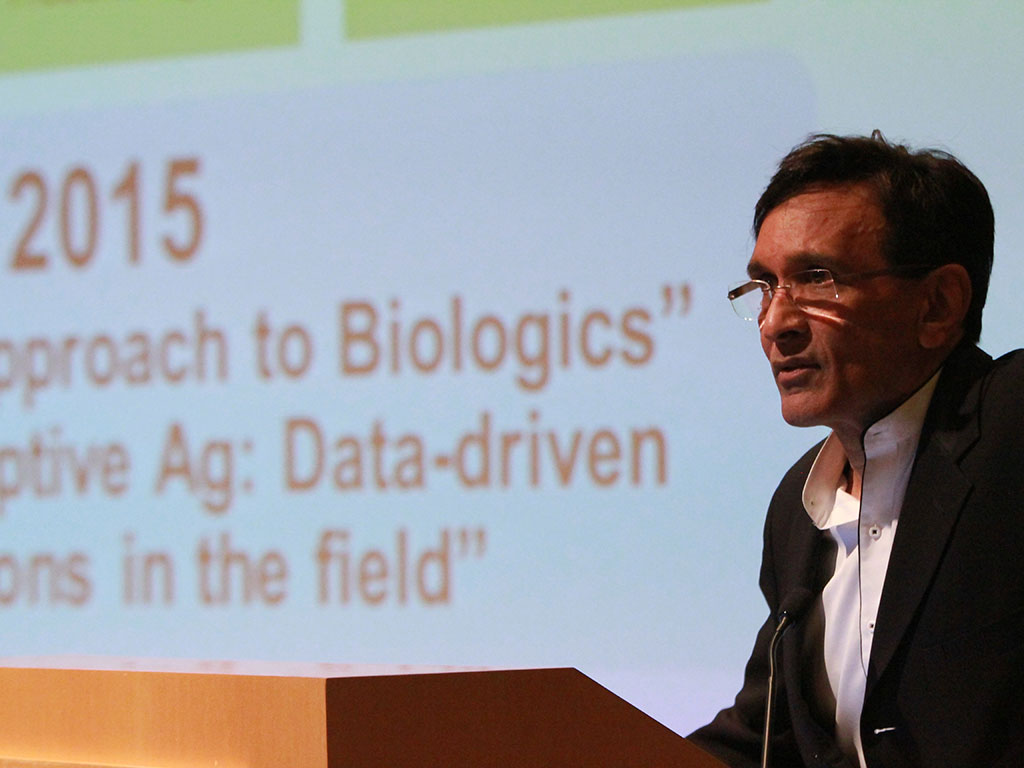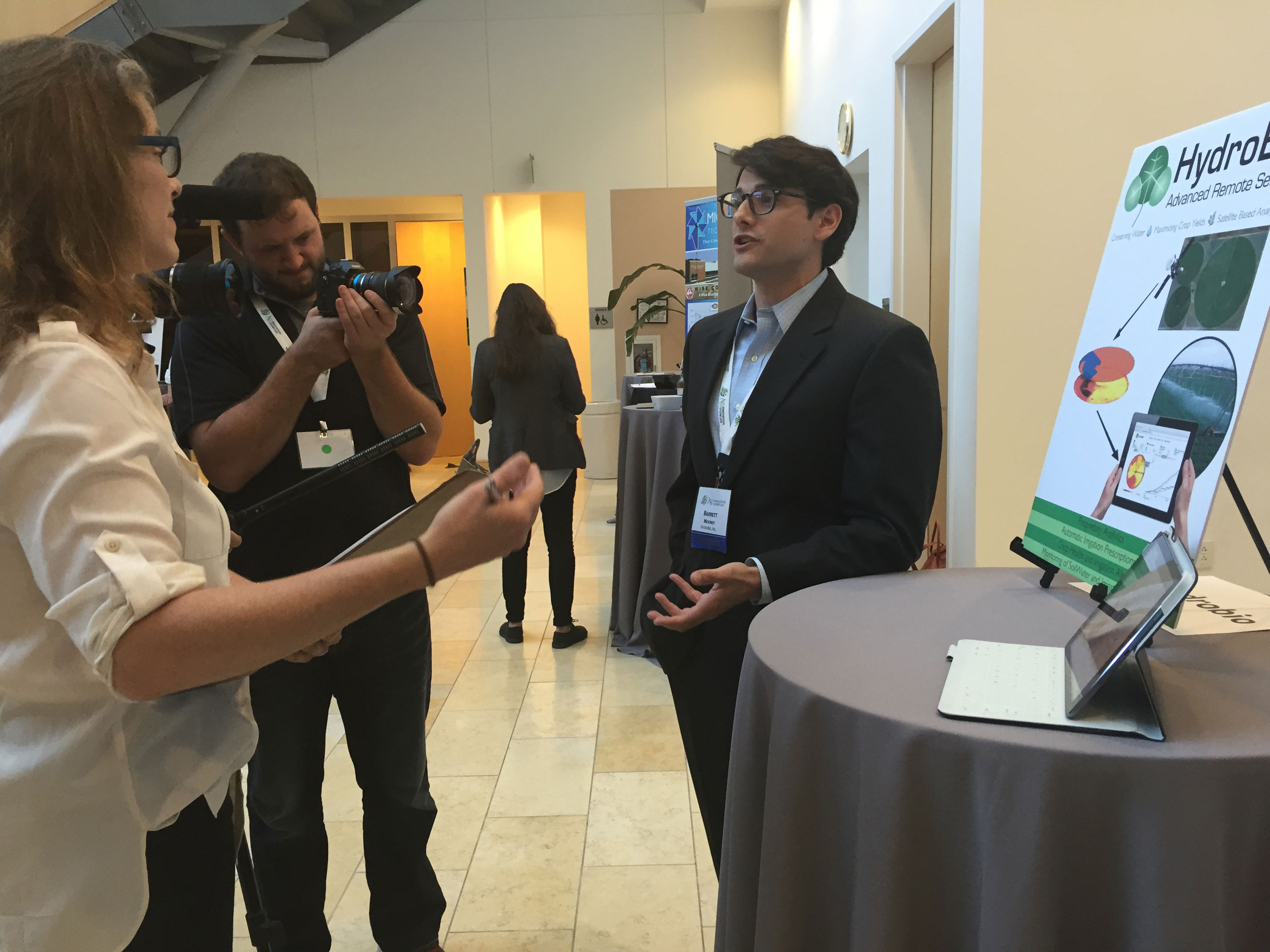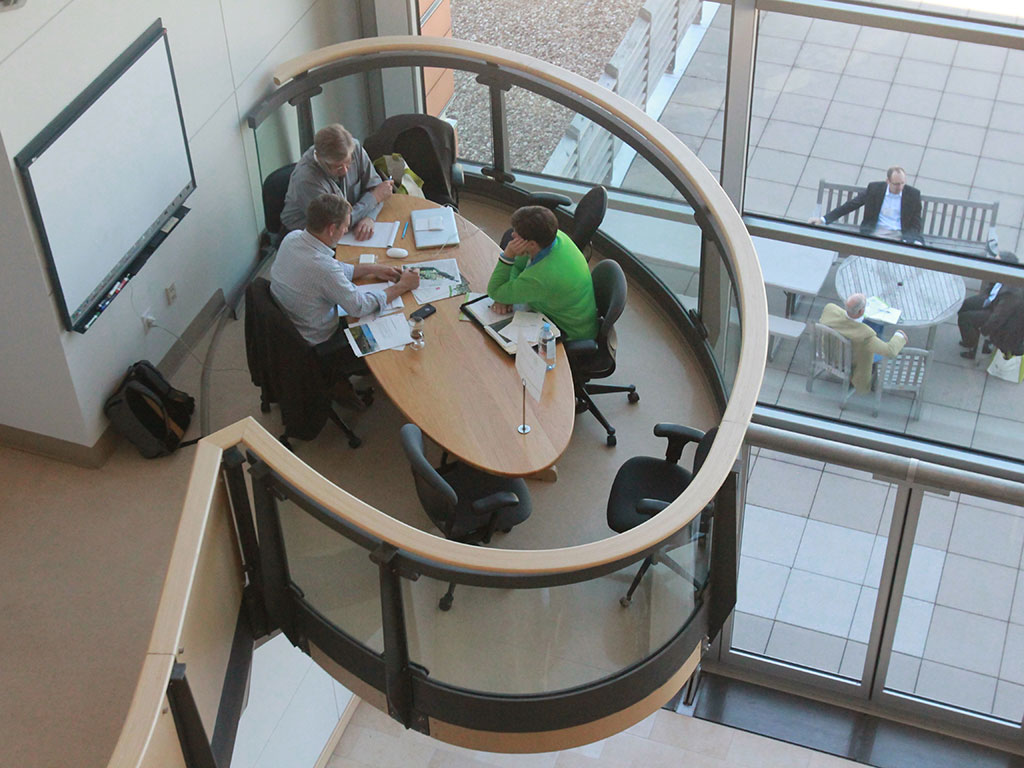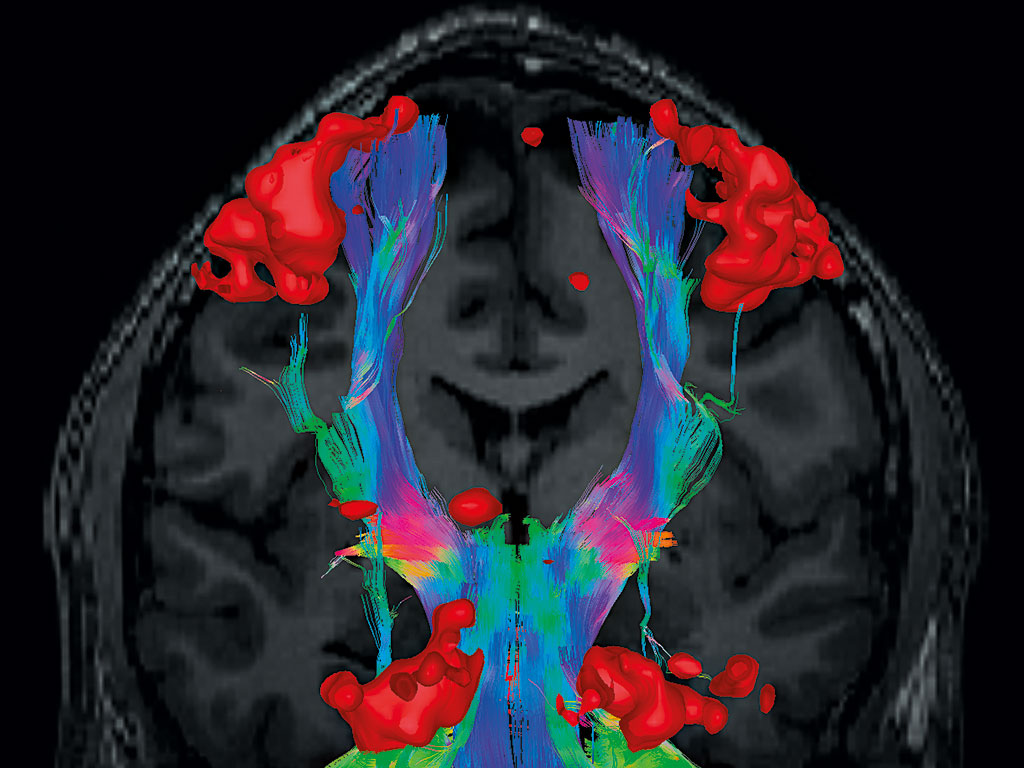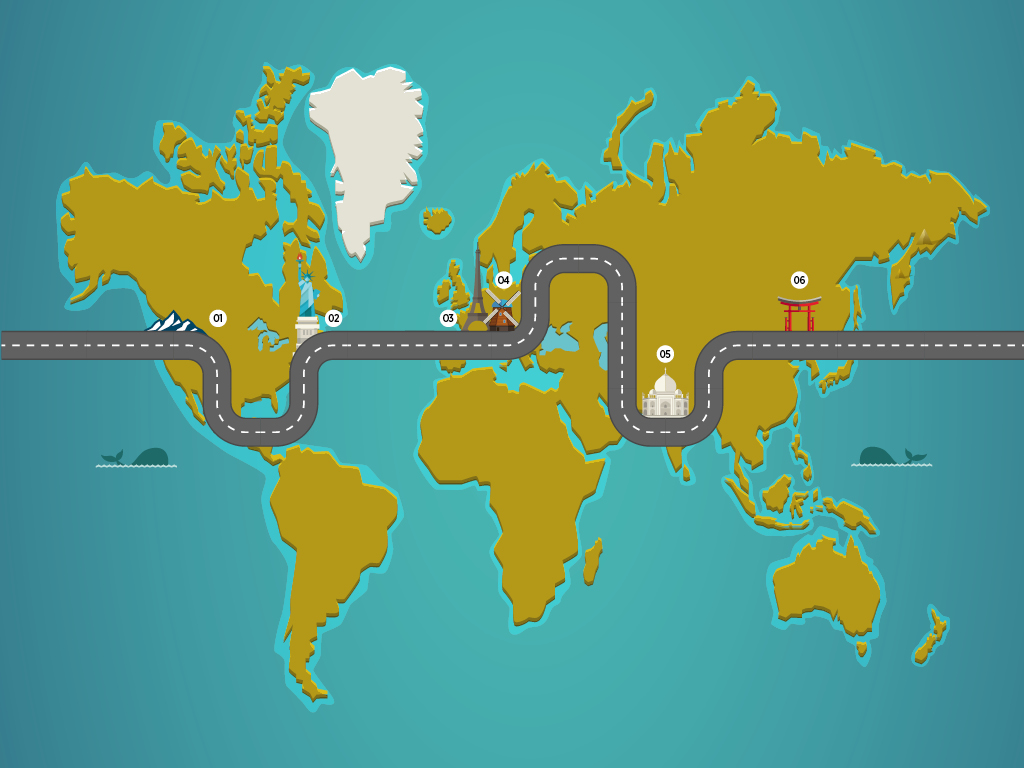Only one event in the calendar can draw the world’s most powerful individuals into the same arena: it is, of course, the World Economic Forum’s Annual Meeting in Davos. The world’s richest one percent, as well as its political leaders, business pioneers and greatest thinkers, gather each year in a small skiing resort situated amid the imposing Swiss Alps to discuss the greatest challenges facing mankind.
Although to some Davos is a place where the world’s problems can be tackled by the one group of people who could theoretically resolve them, the summit is also steeped in controversy. Many see it as a non-altruistic excuse for elitist networking at an event in which exclusivity comes at a cost of $77,000 per ticket – not to mention the hyper-inflated cost of accommodation. Lavish parties, caviar and limousines make regular appearances during the weeklong conference, adding to the veneer of a symposium for the super famous and ridiculously rich.
Davos’ attendees are those who can make bold and substantial decisions that ultimately change the world
Certainly there are points to be made against Davos, but, in realist terms, its attendees are those who can make bold and substantial decisions that ultimately change the world. Indeed, many of them do already, with Bill and Melinda Gates coming to mind immediately; both continue to use their incredible fortune to improve and save lives around the globe. If that is what just one couple can do, imagine a conference full of Bills and Melindas. This is what Davos signifies: a place where ideas can be exchanged and discussions can be had that could change history.
Last year’s highlights
Climate change was perhaps the most prominent topic under discussion during the last World Economic Forum (WEF) meeting, with 2015 frequently mentioned as a key year for global action. As such, sustainable development was highlighted as a pressing need that should be coupled with long-term growth.
“By 2030, the world will make a massive investment in infrastructure, cities and agriculture”, said UN Secretary General Ban Ki-moon. “If this spending is directed towards low-carbon growth, we will be on our way to climate-resilient societies.”
Nobel Prize-winning climate change activist Al Gore also spoke, telling the audience about the 110 million tonnes of pollutants (comprised mostly of CO2) that are released into the Earth’s atmosphere every 24 hours. Popular music artist Pharrell Williams stepped on stage to echo the sentiment, as together he and Gore unveiled what is said to be history’s biggest global campaign to promote awareness about climate change: a series of Live Earth concerts that will be televised to a worldwide audience of two billion people.
Reigniting Europe’s growth engines was another frequent theme under the Davos limelight in 2015. German Chancellor Angela Merkel spoke of how austerity is frequently and inappropriately pitted against growth, when in fact a sound fiscal policy is needed, together with investments from the state and a stable environment for private investment.
In a similar vein, Italian Prime Minister Matteo Renzi gave an inspiring speech about the opportunity of risks and the importance of seizing the moment, using the well-known Latin saying, carpe diem. Renzi passionately argued a different idea of Europe is now needed, which starts with effective structural reforms. This new direction must steer away from the rhetoric of austerity; although it is important to maintain attention to budgets, now is the time to stress the importance of growth in addition to public and private investments. “Europe is not simply the euro”, he said. “Europe is not simply a currency. Europe is first of all an idea that ensured 70 years of peace. 70 years of prosperity… Europe could be the place in which we can give a message of innovation in economics, in culture, in values and in ideals.”
International security was another theme frequently referred to in 2015 as a result of the alarming growth of terrorist groups, both in size and influence. The most obvious example was the threat of ISIS, which has managed to maintain strongholds in Iraq and Syria throughout the year, in spite of a strong push back by US militants and Kurdish forces. Boko Haram was also mentioned, although its dominance in the news has declined somewhat during the course of 2015, despite the call of the Bring Back Our Girls campaign having never been answered. Although the conflict between Russia and Ukraine has eased somewhat since its discussion at Davos 2015, it is still likely to draw attention this year in terms of Russia’s subsequent economic decline and the ongoing embargo.
New agenda
At the time of going to print, the WEF’s agenda for 2016 has not been released. That being said, there are various ongoing themes that have gained prominence in the media throughout the year, and are therefore likely to feature on the Davos programme. One such hot topic is the Chinese economic slowdown, a phenomenon that is having a considerable effect on the global economy given the impact the country’s rapid rise has had over the past three decades.
“China’s slowing growth is mainly attributed to two compounding factors: excessive capacity and sluggish domestic consumption”, said Dr Jeongwen Chiang, Professor at the China Europe International Business School. “Money was spent in building infrastructures and expanding basic heavy industries, such as railroads, highways, airports, dams, power plants, cars [etc]. Once the government expenditures stopped, with no immediate substitutes from private sector investments or domestic consumption, employment and all these industry-related businesses are affected [and the] economy started to suffer.”
Due to a domestic drive to shift the economy from a goods-driven model to one based primarily on consumption, China’s exponential growth rate of 10 percent has inevitably begun to slow. Although, at 6.8 percent, growth is still relatively fast, China’s dominant role in global manufacturing and its generally vast consumption of primary resources means a decline of just a few percent has had a ripple effect on its partners worldwide.
“China is the largest importer for many countries, especially those with [an] abundance of natural resources and agriculture products”, said Dr Chiang. “Countries like Australia, Canada, Chile, Brazil and the like will suffer accordingly because of diminishing demands from China.”
As such, China’s economic performance has played a significant role in the slowdown of the world economy – another topic that is likely to feature heavily throughout Davos 2016. The IMF recently warned the global economy has grown at its slowest rate since 2008, plummeting to just 3.1 percent in 2015. Economies have been called upon to make stronger efforts to bolster domestic spending, introduce reforms and boost productivity. Although the China factor is cited as the dominant cause of this worldwide trend, there is also much to be said for excessive levels of debt, ageing populations, and, in some cases, high inflation. In particular, the performance of emerging economies has largely disappointed; aside from Russia’s plummeting rouble, Brazil’s own crisis continues to deepen with falling levels of productivity and consumption, while high hopes for others, such as Indonesia, have continued to diminish over the course of the year.
Then there is, of course, Europe, whose continued stagnation will naturally be on the agenda for 2016. Although credit can be given to Mario Draghi’s quantitative easing programme, which has helped ensure the union will not plunge into recession, it has not prompted the turnaround hoped for by its advocates. The US, on the other hand, has experienced promising growth, which seems likely to continue throughout 2016. While employment levels and consumer spending in the US have consistently risen, both have been achieved via the continuation of its lowest interest rates in history. To the angst of many governments around the world, an increase is expected sooner or later, and will in turn have a deep impact on an already-struggling global economy. The issue of whether globalisation has reached its peak may also be raised, although, given the spectrum of attendees, it is unlikely the theory will receive unanimous support.
In 2015, Europe witnessed the most pressing refugee crisis since the Second World War. Hundreds of thousands of people fled from the brutality of ISIS and persecution in Syria to seek asylum in Europe’s strongest economies, with many others coming from Somalia, Afghanistan and Eritrea, as well as economic migrants from countries such as Albania and Kosovo. This crisis is expected to be discussed at length during the 2016 Annual Meeting, particularly given the number of countries involved and the scale of the problem. The EU continues to be criticised for how it is managing the hordes of asylum seekers arriving on its shores, as well as for failing to coordinate a unified response that can help alleviate the humanitarian crisis and integrate the much-needed influx of young workers. Perhaps this year’s Davos meeting will ignite the discussion needed among European leaders to take a collective, and therefore stronger, course of action towards this escalating problem.
Exchange of ideas
Professor Klaus Schwab, who founded the World Economic Forum in 1971, still acts as the organisation’s Executive Chairman and visionary more than four decades on. Schwab is responsible for expanding the meeting into what it is today: a forum with more than 2,500 attendees from over 140 countries around the world, who participate in hundreds of sessions, panels and workshops.
The name change from the European Management Forum in 1987 evokes the transition the organisation has undergone over the years: once a conference for business managers, it is now a space for leaders of every type to tackle an agenda that reflects the broad spectrum of issues currently affecting humankind. In recent years, artists and celebrities have also joined the elite masses in the Swiss mountains, arguably as a result of their growing influence in modern society.
The extravagant parties and schmoozing at Davos are well known, but critics must not let those soirees distort the bigger picture of what the meetings represent and what they are capable of. The event does not entail specific outcomes or results per se, but that is not its purpose: the WEF Annual Meeting is intended to be a space where the brightest minds of today, the leaders of the biggest corporations – both in established and emerging economies – as well as political decision-makers, can exchange opinions and ideas. The notion of taking exceptionally busy individuals to an exclusive retreat, far away from diary pressures and boardrooms, is to create the opportunity for discussions to take place that simply would not be possible elsewhere – that is what makes the WEF Annual Meeting exceptional.
Davos is a space for inspiration, which is the most important catalyst of change and improvement. It just takes motivating the powers that be to take that further step; down the line, much can arise from these off-the-cuff conversations, including major deals in the private sphere, initiatives that reduce mankind’s carbon footprint, and peace talks that avoid war. After all, the power of direct exchange built the stuff of empires for both Ancient Greece and Rome. The possibility of changing the world in just one place is undeniable; even if there is only a slim chance something transformative will happen, it is still worth a try. Change only takes one decision, one meeting, one idea – and as the world watches the elite once again descend upon the Swiss Alps, they hope this is what will happen once more in Davos.
Best of Davos
Although Davos is not intended to be a place where decisions are made and action is taken, it has set the scene for some pivotal moments that have changed the world as we know it today. We look at some of the most memorable.
1971
The WEF convened in Davos for the first time as the European Management Forum. Business professor Klaus Schwab established the conference for business leaders to discuss theories of business management. The guest list was made up of just 44 executives and managers.
1988
The highlight of this meeting was the rapprochement between Greek Prime Minister Andreas Papandreou and his Turkish counterpart Turgut Özal. The leaders signed the Davos Declaration, which normalised relations between their states and avoided a seemingly inevitable war.
1990
It is said the Northern American Free Trade Agreement, which came into effect in 1994 to link the US, Canada and Mexico to create the world’s largest free trade zone, was first conceived at this World Economic Forum summit by the President of Mexico, Carlos Salinas.
1992
South African President Frederik de Klerk and anti-apartheid leader Nelson Mandela met in their first joint appearance outside South Africa. The summit was a turning point for Mandela, who was inspired to create a new economic course for his country based on capitalism and globalisation.
1994
Negotiations between Israeli Foreign Minister Shimon Peres and the Chairman of the Palestinian Liberation Organisation, Yasser Arafat, led to the creation of a draft agreement on Gaza and Jericho, which was a significant step in furthering the peace process.
2008
Bill Gates unveiled his concept of ‘creative capitalism’. “Global corporations have not only a license to operate in this arena but also a civic duty to contribute to sustaining the world’s wellbeing in cooperation with governments and civil society”, he said.
2010
Rarely do US presidents attend Davos, but in 2010, former US president Bill Clinton announced an initiative alongside the WEF, the UN and the Clinton Global Initiative to help reconstruct Haiti after the severe earthquake that had devastated the country just days before.
2012
The 42nd annual meeting introduced Global Shapers for the first time, a community of exceptional young leaders between the ages of 20 and 30 from around the world. The group is committed to making a positive and lasting impact on their communities through local projects.


